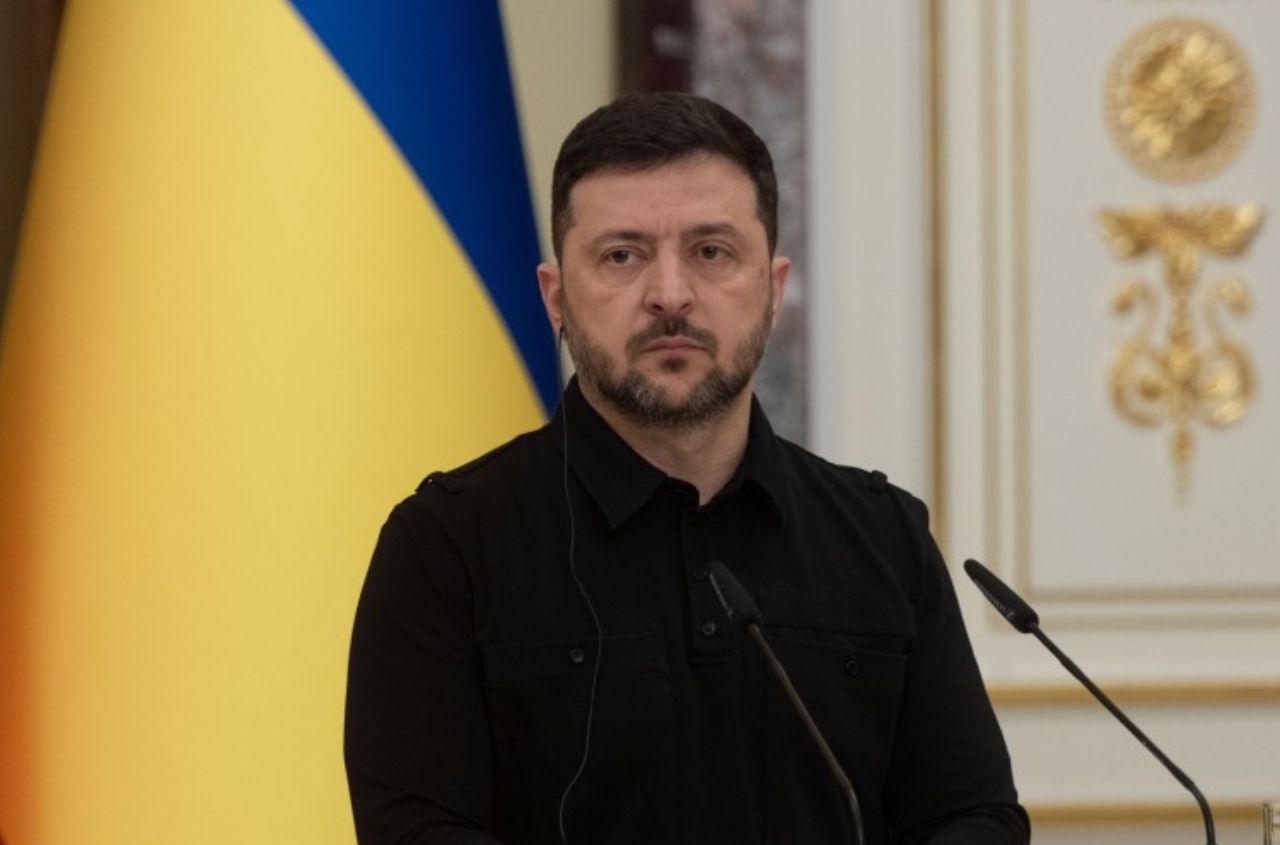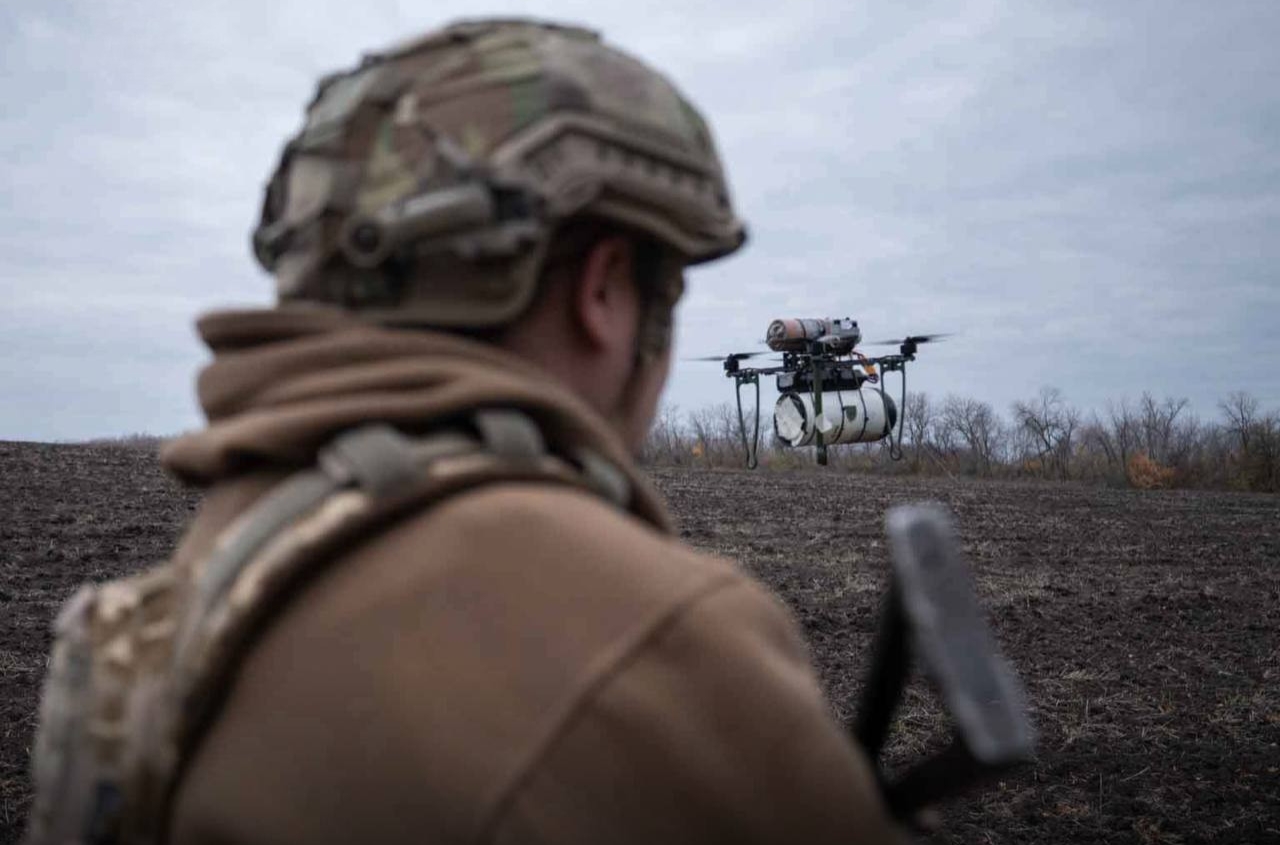Throughout 2024, Russia continued to experience a decline in birth rates and an increase in mortality rates. This trend is attributed to the reduction in the number of young men and women from the demographic crisis of the 1990s, according to Russian officials.
In reality, the main factors are the Russian-Ukrainian war, high mortality among men of reproductive age, uncertainty about the future among young Russians, Western sanctions, and the deepening of other economic crises in Russia. The continuation of the Russian-Ukrainian war will inevitably exacerbate the demographic crisis in Russia.
Facts: The gap between the number of deaths and births increased from 495.2 thousand in 2023 to 596.2 thousand in 2024 (+20.4%). Additionally, the number of newborns in Russia decreased by 3.4% to 1.222 million, while the number of deaths increased by 3.3% to 1.82 million.
The largest decline in birth rates occurred in the Jewish Autonomous Region, the Republic of Kalmykia, the Republic of Altai, and Belgorod Oblast. Meanwhile, the birth rate increased in the Chechen Republic, the Republic of Dagestan, the Republic of Ingushetia, the Kabardino-Balkar Republic, the Republic of North Ossetia-Alania, and the Republic of Adygea.
According to the United Nations Department of Economic and Social Affairs, the imbalance between birth and death rates in Russia will remain at around 500–700 thousand people per year for the next several decades.
Russian scientists have developed 30 scenarios for the demographic development of Russia until 2100. The simulation results are bleak – more than half of the scenarios predict a decrease in Russia's population, with 11 scenarios projecting it to fall below 120 million people.



















